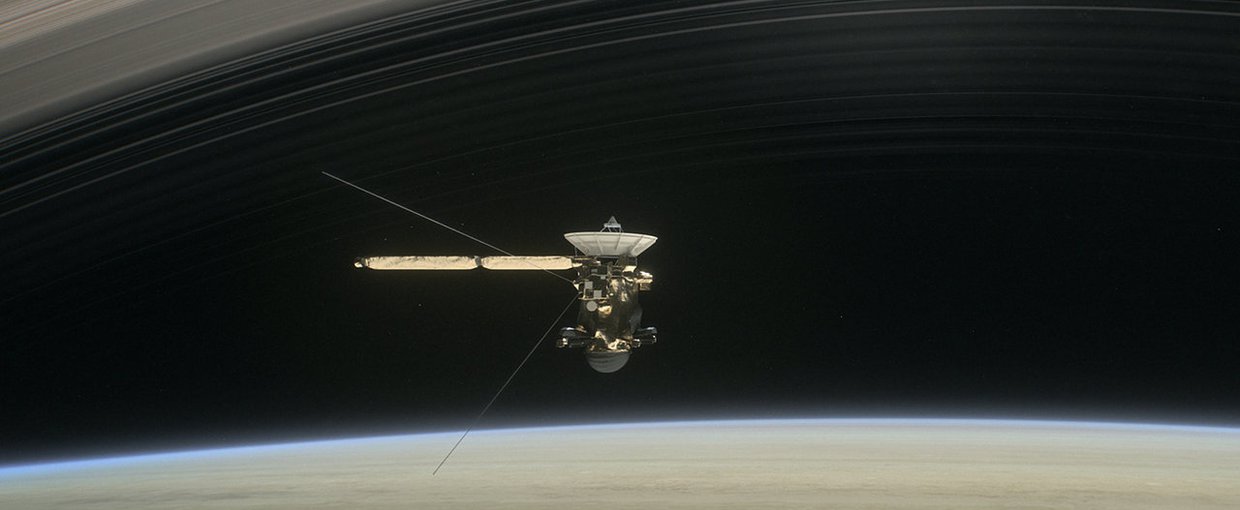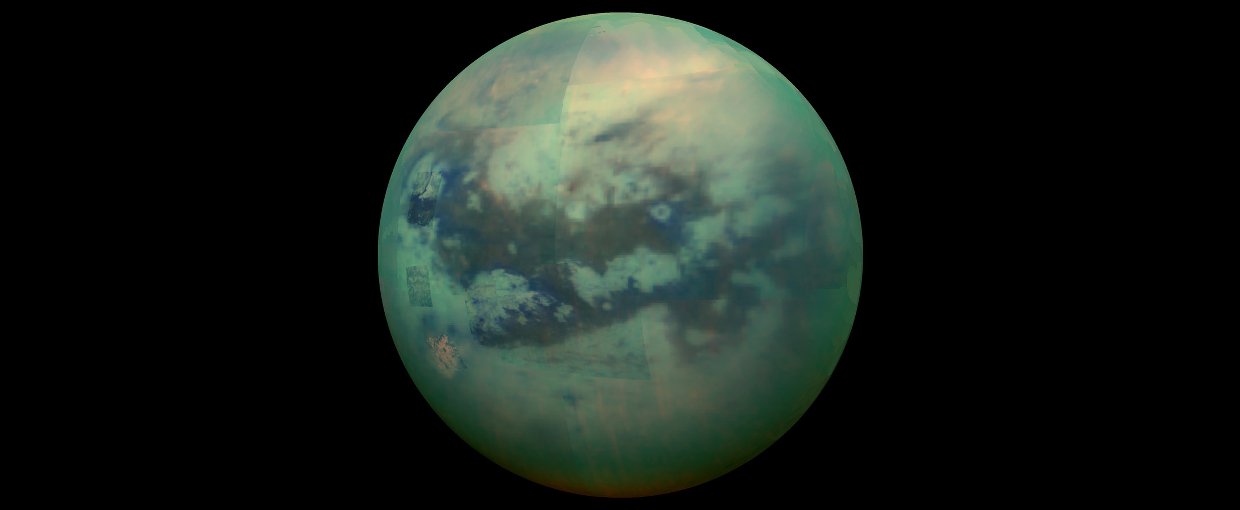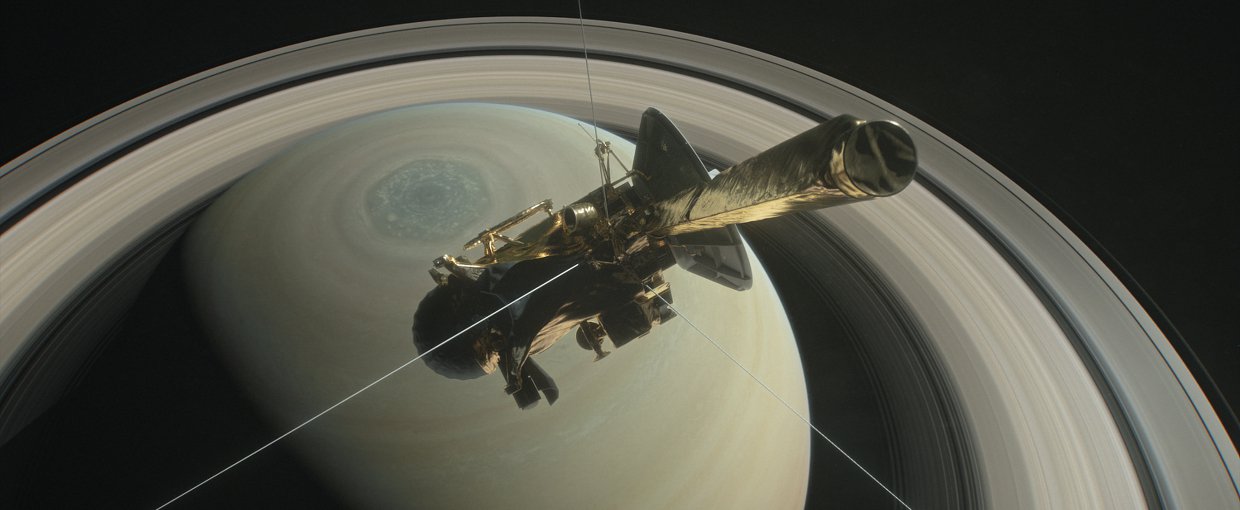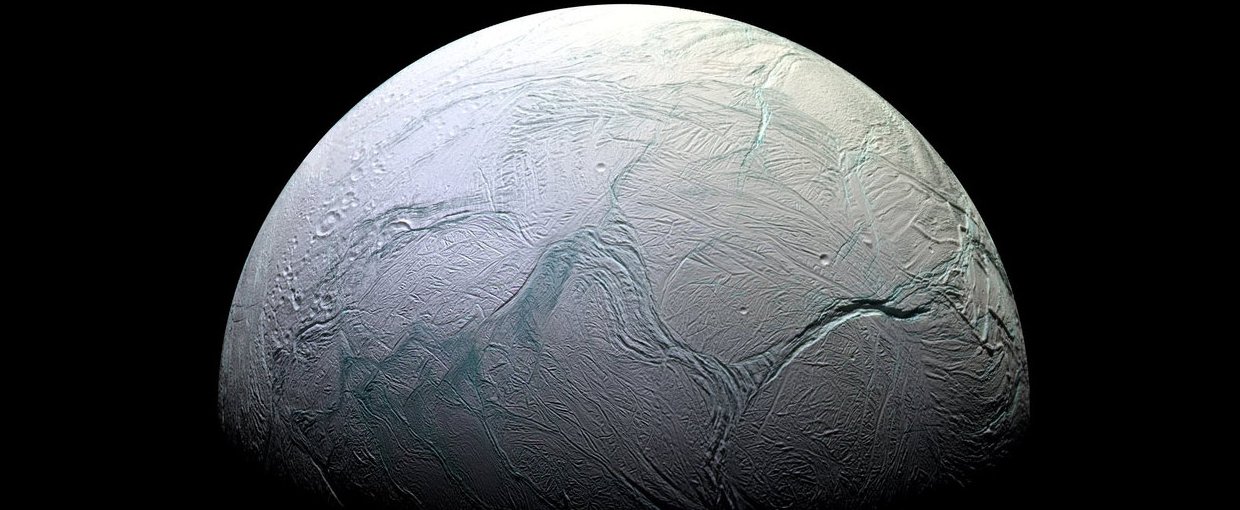Written byAaron Gronstal and Miki Huynh

On September 15, 2017, the Cassini spacecraft’s time at Saturn came to an end. The international mission took its final dive toward the ringed planet, ultimately burning up in Saturn’s atmosphere. This fiery finale closes out one of the most astrobiologically-important space missions ever undertaken.
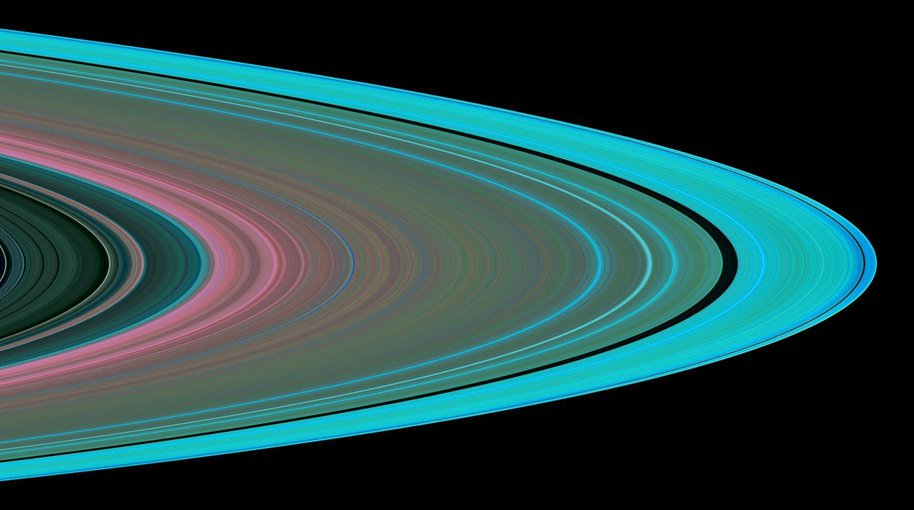
Specially designed Cassini orbits place Earth and Cassini on opposite sides of Saturn's rings, a geometry known as occultation. Cassini conducted the first radio occultation observation of Saturn's rings on May 3, 2005.Image credit: NASA/JPL-Caltech.
The Cassini-Huygens mission was developed by NASA and the European Space Agency to study the moons of Jupiter and Saturn, later moving on to an extended mission to further survey Saturn, its moons, and its rings. The mission was comprised of the Cassini spacecraft and the Huygens probe. Huygens was released from Cassini in 2005 and descended through the thick atmosphere of the moon Titan.
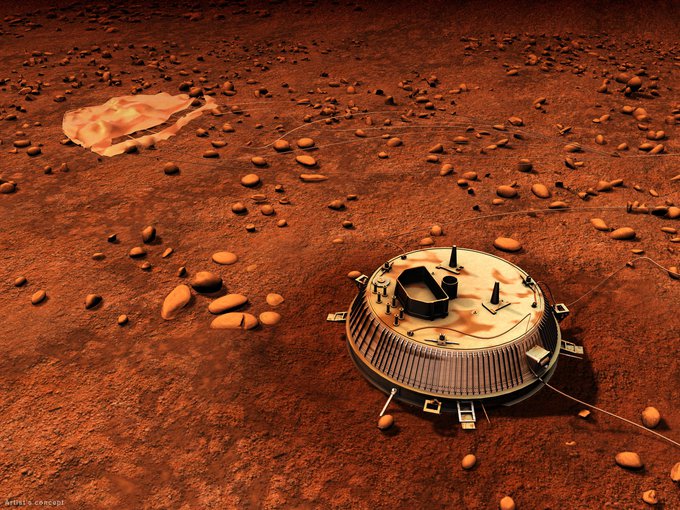
Artist impression of the Huygens probe on the surface of Titan. Credit: NASA/ESAImage credit: NASA/ESA.
A Clearer View of Titan
The probe returned spectacular pictures from beneath the clouds that had previously shrouded the surface of Titan from view. When Huygens descended, scientists did not know what to expect, and the probe startled the world with views of lakes and seas full of liquid hydrocarbons.
Titan was revealed to be a dynamic world, with an active atmosphere, seasons, and a hydrosphere composed of liquid methane instead of the liquid water familiar to us on Earth. In fact, Titan has many features that parallel our planet, including lakes, rivers, clouds, rain, dunes, and mountains. Some scientists suggest that the chemical environment of Titan could provide a comparison for aspects of a pre-biotic Earth before the origin of life. Observations of Titan also indicated that the moon could be hiding an ocean of liquid water and ammonia deep underground. Radio signals measured by Huygens during its descent suggest that the ocean could be 55 to 80 kilometers (35 to 50 miles) below the surface.

Images taken by Huygens were used to create this view, which shows the probe's perspective from an altitude of about 6 miles (10 kilometers).Image credit: ESA/NASA/JPL/University of Arizona.
Titan was a major focus for the design and development of Cassini, but after its arrival at Saturn, the mission also elevated the importance of another saturnian moon. Before 2004, scientists knew that tiny Enceladus showed signs of past geological activity on its surface due to cracks and fissures seen by previous observations. However, close-up views from Cassini provided completely unexpected results and have now made Enceladus one of the most important Solar System targets for astrobiology.
Revelations About Enceladus
At Enceladus, Cassini witnessed a plume of icy particles, water vapor, and simple organic molecules spraying outward from fractures near the south pole. The jet of material was three times taller than the moon is wide, and contributed material to Saturn’s E ring. The source of the jets appeared to be a global subsurface ocean, and further studies have suggested that hydrothermal activity could be taking place on the ocean floor. All together, these findings raised important questions about the potential for habitable environments beneath the surface of Enceladus and similar icy planets. Enceladus could serve as a model for habitability outside of the traditional habitable zone of a solar system (e.g. the ring around stars where conditions are right for liquid water to persist at the surface of a planet).

Illustration of the interior of Saturn's moon Enceladus showing a global liquid water ocean between its rocky core and icy crust. Thickness of layers shown here is not to scale.Image credit: NASA/JPL-Caltech.
With observations of Titan and Enceladus, and their respective subsurface oceans, Cassini added to the list of worlds in our solar system that could potentially support habitable environments for life as we know it. In many ways, the mission has helped chart a new trajectory for the entire field of astrobiology by broadening the study of Ocean Worlds. Scientific results from Cassini have inspired major new initiatives at NASA that are focused on studying the potential for life on worlds that harbor oceans at or beneath their surfaces. The excitement generated by Cassini’s discoveries has also ushered in a new generation of astrobiology students focused on the exploration of icy, ocean worlds.
Prior to Cassini, Saturn had only been visited by fly-bys from Pioneer 11, Voyager 1 and Voyager 2. The images returned by these missions were fantastic, but left more questions than answers concerning many aspects of Saturn and its many moons. Cassini’s orbit of Saturn allowed time to collect an unprecedented amount of data, and though the mission was designed for a four-year tour of the Saturn system that was to be completed in 2008, it was twice extended to continue scientific observations. The ‘Cassini Equinox mission’ lasted two years, allowing the spacecraft to perform sixty additional orbits of Saturn, twenty-six flybys of Titan, seven of Enceladus, and one each of the moons Dione, Rhea, and Helene.
In 2010, a second extension began the Cassini Solstice mission. This would be the last extension for Cassini and, with the spacecraft running out of fuel, would be completed when the mission performed ‘The Grand Finale.’
Starting in April, 2017, Cassini made a total of 22 deep dives into the space between the planet’s innermost ring and its upper-most clouds. After a final encounter with Titan and its gravity, Cassini bent its path to make a dive directly into Saturn itself. The final descent occurred today, with radio contact lost early this morning.
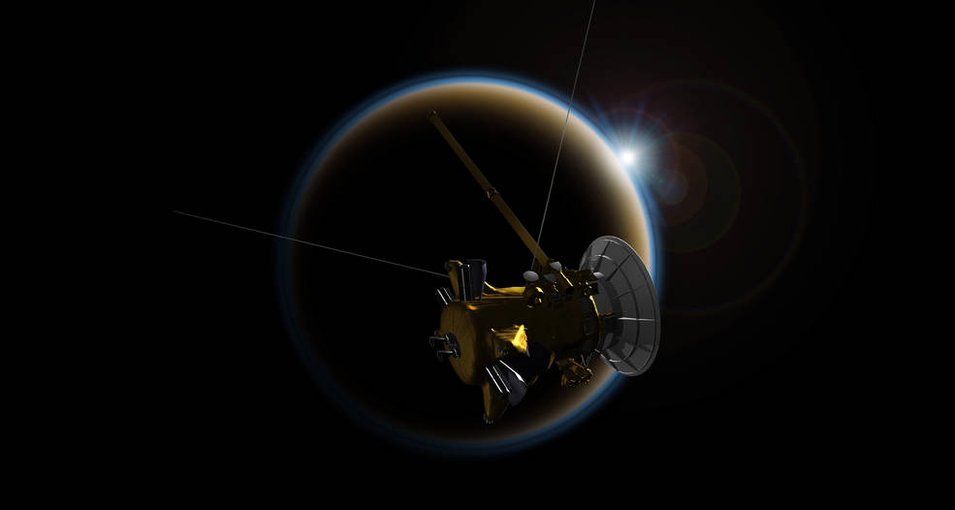
Cassini made its final, distant flyby of Saturn's moon Titan on Sept. 11, which set the spacecraft on its final dive toward the planet.Image credit: NASA/JPL-Caltech.
Paving the Way Forward
The Cassini-Huygens mission has inspired hundreds of scientific publications to date. In the years to come, scientists will continue to pour over the vast amount of data returned by the mission, providing new insights into the potential for life outside of the habitable zone. In the meantime, Cassini-Huygens has set the stage for new missions targeted at the outer Solar System. Enceladus and Titan have now shot up the list of astrobiology targets, and teams of scientists and mission planners are keen to return to these worlds with new, more powerful robotic explorers and spacecraft.
Cassini’s Grand Finale is the end of one of the most spectacular space missions to date, but it marks the beginning for future missions to deepen our understanding of Ocean Worlds and discover more clues about life’s potential in the Universe.

Artist's concept of the final orbits of the Cassini spacraft at Saturn.Image credit: NASA Jet Propulsion Laboratory.
For more on the NASA Astrobiology Program’s involvement with Cassini-Huygens, visit: https://astrobiology.nasa.gov/missions/cassini-huygens/
Additional Resources:
Cassini Science Overview (NASAJPL)
Cassini Mission Timeline (NASAJPL)
Cassini’s Grand Finale (video)
Titan: Saturn’s Largest Moon (NASAJPL)
Enceladus: Ocean Moon (NASAJPL)
Past Interview with Linda Spilker, Cassini Project Scientist (UCSC)
